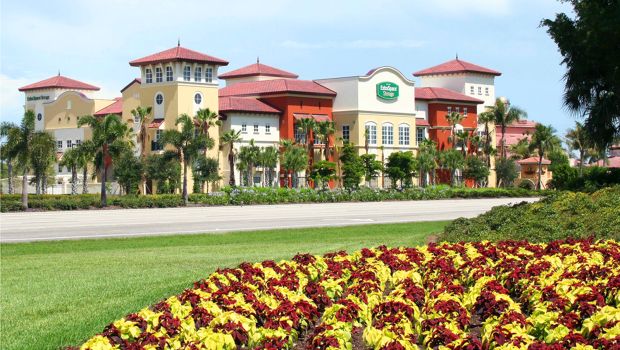Once viewed as an eyesore and unwelcome by communities, self-storage facilities are now being embraced and considered an asset. Here’s why upscale design can lead to property success.
July 14, 2017

Self-storage design has come a long way. Though industry developers have perfected methods for maximizing rentable space, there’s an art to planning a highly efficient structure that will attract customers and sustain higher occupancy. These two abilities will ultimately determine the success and return on investment of a modern storage property.
Once viewed as an eyesore and generally unwelcomed by communities, self-storage facilities are now being embraced and considered an asset. This trend has been brought about by creative developers and architects who work hard to integrate the building’s exterior with the surrounding architectural context. Upscale design can lead to success, particularly in urban and residential areas.
Look around any densely populated environment, and you may be surprised by how many storage facilities can be found in prominent locations. A quick Google Maps search for “self-storage” in downtown Chicago yields dozens of results, with sites every few blocks. Though storage buildings weren’t always welcomed by residents, the need for storage space has changed this outlook.
But customer convenience isn’t the only reason to place a self-storage site in a high-density area. Foot traffic is advantageous for these properties. Also, developing in these areas greatly increases visibility, turning the building itself into a powerful marketing tool for attracting new customers. Some sites might even include the opportunity to offer specialized storage types, such as boat storage.
While a central location may seem like an obvious strategy for success, it’s never as easy as it sounds. Given the high barriers to entry for storage businesses, especially in competitive areas, a creative approach and sophisticated design is generally necessary to gain municipal and community approval.
For a building type that’s so fundamentally utilitarian, it may be surprising to learn that one of the most important features of a successful storage business is its design. In fact, it could be argued that prosperous facilities have their aesthetics to thank as much as their location. The exterior is often key to a project’s ability to gain consent in the first place.
Before self-storage can be built in a high-density urban area, or a bustling residential neighborhood, the design must look the part. Increasingly, developers are finding that blending structures with the backdrop and adopting the aesthetics of the area is a strong strategy for gaining community support. Adopting a clean, open and bright aesthetic with retail-like characteristics has paved the way for these valuable additions to communities around the world.
Mark J. Sullivan is co-founder, president and managing principal of Sullivan, Goulette & Wilson Ltd., which provides architectural and planning services for commercial, hospitality, institutional and residential projects. He’s a registered architect in Florida, Hawaii, Illinois, Maine, Massachusetts, Michigan, New Jersey and Pennsylvania, and a member of several architect and builder associations. For more information, call 312.988.7412; visit www.sgwarch.com.
About the Author(s)
You May Also Like





